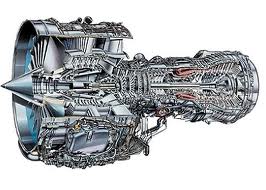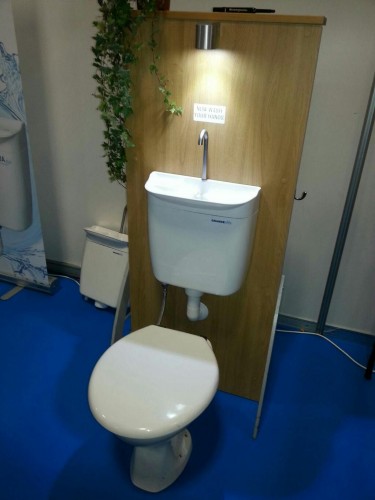You may be wondering whether we have the ability to have a permanent base on the Moon. In the late 1960s and early 70s twelve men set foot on the Moon. Nobody has set foot on the Moon since… but why?
The answer is quite unfortunate really. People got bored.
In the 60s the Soviet Union and the United States – arguably the two most powerful nations at the time – were racing to the Moon. Russia won the race to send a man into space – and return him safely. Russia also won the race to construct a space station. America however won the all important race to the Moon.
For a space explorer looking up into the night sky in the 50s and 60s, the goal was always to get to the Moon. So what happened when America got there? The space race lost public support. People started questioning why there was a need to go into space, why money wasn’t being (better) spent elsewhere. The US had shown that it could get to the Moon, and it could get there first, so why carry on?
Today
As the recent crash of the Virgin Galactic test flight and the ISS destined rocket which exploded show, going into space can still be dangerous. That said however with today’s technology we are more than capable of travelling into space reasonably safely.
It is thought that the Moon has a lot of water buried within its surface. Water is a critical element required by us to live. Water can also be used to make rocket fuel. Rocket fuel uses hydrogen and oxygen – the key components of water.
Rockets on Earth need huge amounts of fuel to escape the reaches of Earth’s gravity. The Moon is significantly lighter than Earth, and therefore rockets would need much less fuel to take off. This makes flights into space (to Mars for example) much more viable, if they take off from the Moon.
 Now, you may be thinking that we would need to get the rockets to the Moon in the first place, so why waste time relaunching them from the Moon? Well maybe we wouldn’t. The Moon has many of the resources we would need to build rockets. We would be able to create manufacturing bases on the Moon, with very little supplies from Earth. Progress would only be accelerated by the use of our new friend (or foe?) 3D printers.
Now, you may be thinking that we would need to get the rockets to the Moon in the first place, so why waste time relaunching them from the Moon? Well maybe we wouldn’t. The Moon has many of the resources we would need to build rockets. We would be able to create manufacturing bases on the Moon, with very little supplies from Earth. Progress would only be accelerated by the use of our new friend (or foe?) 3D printers.
All electrical power could be provided by solar panels – which we could build on the Moon. Lunar sun is very predictable, and with no atmosphere, the energy we could generate would be much greater than here on Earth.
Moon Base
A permanently manned Moon base is not a new idea. The US has had many plans over time to create a Moon base – originally for military reasons, however now for other reasons like energy and space travel. Japan, Russia and India are also currently all exploring the concept of establishing a base on the Moon within the next few decades.
The Moon could be a great service station for rockets. Missions into outer space could use the Moon as a pit stop to pick up supplies and refuel, before going on their way.
The Moon’s potential for solar energy could also be another interesting use for a Moon base. If we could cover vast areas of the Moon in solar panels and then transmit the energy back to Earth, we would be able to solve the global energy crisis. Naturally you would have to somehow persuade fossil fuel companies that it is a good idea first – and considering the power and influence they have, this could be difficult.
We currently have the technology and capabilities to create a permanent lunar base, now all we need is the enthusiasm and funding to make it happen.







